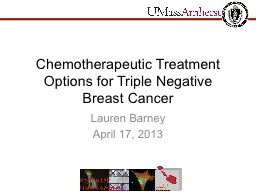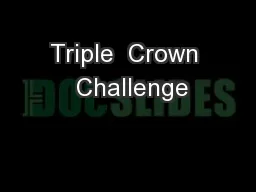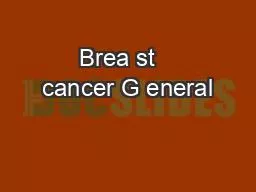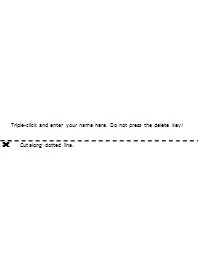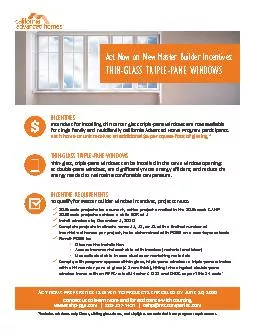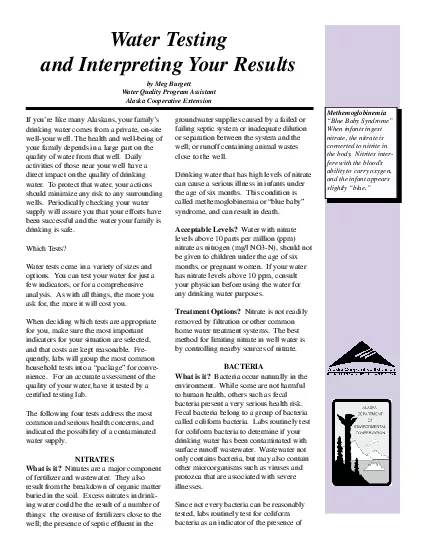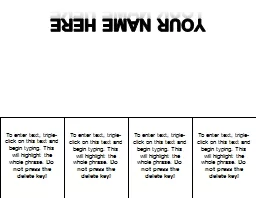PPT-Chemotherapeutic Treatment Options for Triple Negative Brea
Author : alida-meadow | Published Date : 2017-05-15
Lauren Barney April 17 2013 Breast Cancer Subtypes Breast cancer is classified into clinical subtypes based upon receptor expression These subtypes dictate possible
Presentation Embed Code
Download Presentation
Download Presentation The PPT/PDF document "Chemotherapeutic Treatment Options for T..." is the property of its rightful owner. Permission is granted to download and print the materials on this website for personal, non-commercial use only, and to display it on your personal computer provided you do not modify the materials and that you retain all copyright notices contained in the materials. By downloading content from our website, you accept the terms of this agreement.
Chemotherapeutic Treatment Options for Triple Negative Brea: Transcript
Download Rules Of Document
"Chemotherapeutic Treatment Options for Triple Negative Brea"The content belongs to its owner. You may download and print it for personal use, without modification, and keep all copyright notices. By downloading, you agree to these terms.
Related Documents

